Editors’ Picks




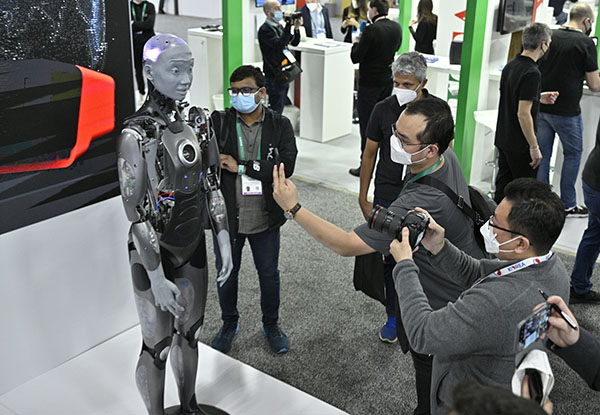
Found in Robotics News & Content, with a score of 4.91
…and packing; moving, sorting, and efficiently storing items; autonomous navigation; and other markets.” “Our XINK platform will allow rapid, one-stop development of vision capabilities for these applications, and we expect to host a community of developers who will both provide and benefit from contributed building blocks,” he added. XINK designed to help perception developers XINK is both a platform as a service (PaaS) as well as a hardware and software development kit, said eYs3D Microelectronics. It is a “cost-effective solution for design of safe, vision-capable mobile AI products equipped with field analysis, object recognition, obstacle detection, object tracking and following,…
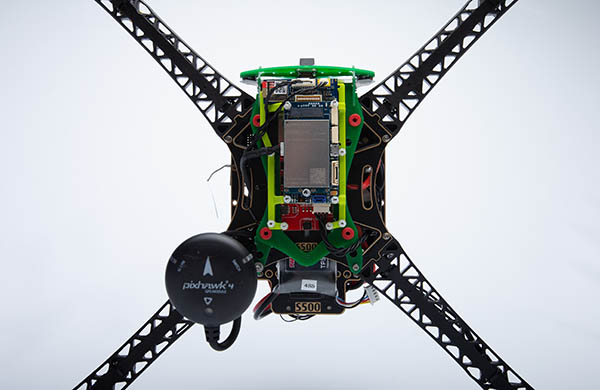
Found in Robotics News & Content, with a score of 4.90
…to support increased autonomy, including visual-intertial odometry (VIO) and navigation in GPS-denied environments. “Situational awareness and obstacle avoidance enable BVLOS [beyond visual line-of-sight] and follow-me applications,” said Singh. “I'm really excited about unmanned aerial mobility—you could call Uber Elevate [acquired in December by Joby Aviation] and go from San Francisco to San Jose in a self-driven aircraft.” 5G and robotics “5G is fundamental to Qualcomm's vision of an intelligent wireless edge and distributed computing,” said Singh. “Before, AI was tied to the cloud, but now, it can be on the device. You still need to balance memory and power consumption.…
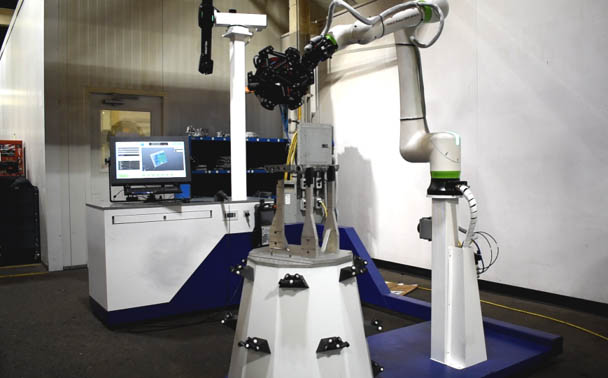
Found in Robotics News & Content, with a score of 4.87
…to their customers. Ravasio will lead development of robotic navigation system based around UWB positioning with ultrasonic and laser obstacle detection. The system will be designed to work “out of the box.” The project will further develop and repurpose an existing product that ARIN currently uses for collision avoidance in industrial environments. It aims to create a fully functioning technology that solves the problem of simultaneous localization and mapping (SLAM). About the ARM Institute and AIM Higher Consortium The Advanced Robotics for Manufacturing, or ARM, Institute is a Manufacturing Innovation Institute (MII) funded by the Office of the Secretary of…

Found in Robotics News & Content, with a score of 4.86
…October. “We want maximum flexibility and reliability for overal navigation,” said Christensen. “We're also taking a look at load acquisition and disposition problems that are tolerant for the environments that we're in. We have to be 'come as you are'—we can't just ask customers to change their processes.” “This goes back to the need for metrics,” he added. “You need evidence to prove that the decision to automate and change processes was a good one, and then you can alter course on the way It's not a single metric. The knobs may change over time. Initially, it's confidence and competence,…
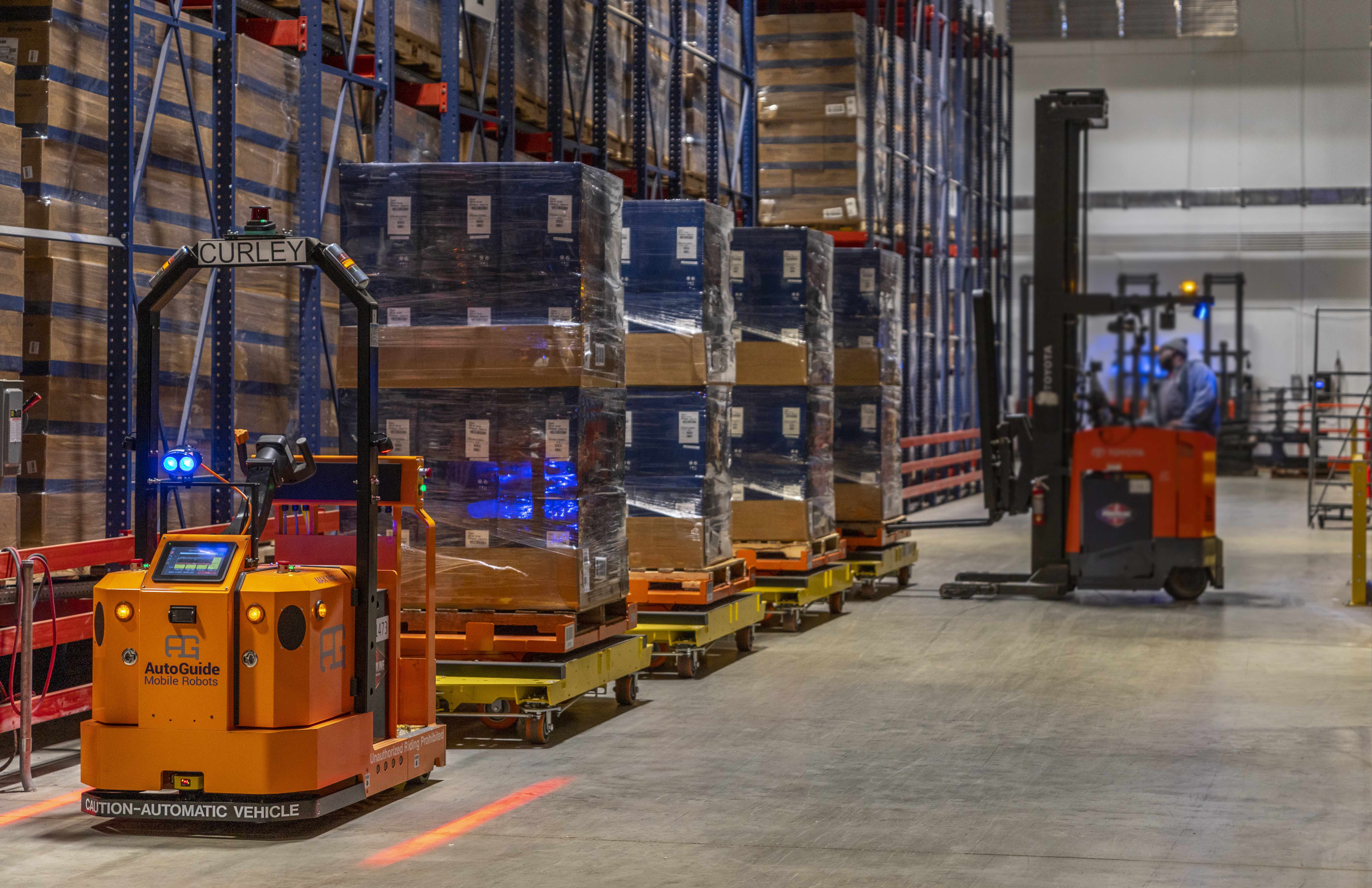
Found in Robotics News & Content, with a score of 4.86
…or muscle strain. Today’s high-payload AMRs use natural feature navigation functionality determine optimal delivery paths, as well as multi-sensor safety systems to autonomously stop to avoid collisions. AMRs can also add predictability to manufacturing and distribution centers. By traveling along a pre-determined network of approved paths, the vehicles safely coexist with other industrial vehicles and humans, eliminating uncertainty from internal logistics. AMRs can move materials while minimizing strain on human workers. AMRs address a myriad of workflows Not only do AMRs help improve safety, they also make operations more efficient and productive. For example, with every trip it takes, an…
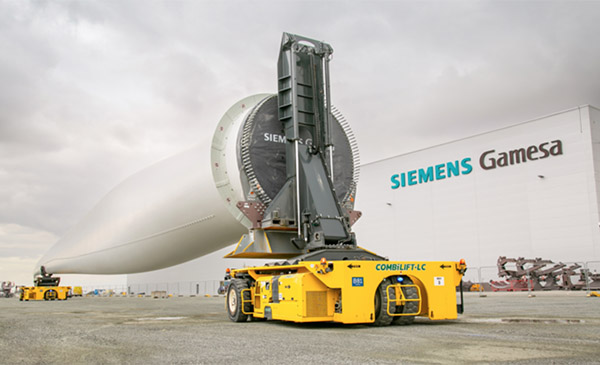
Found in Robotics News & Content, with a score of 4.85
…the development process. The autonomous truck uses natural feature navigation, as well as a newly developed load dimension detection system, which performs laser scans to check that a load's length matches the task sent to the machine. Similarly, when unloading, the Combi-AGT checks that the rack in front has sufficient free space to accept the load, added Combilift. “We have deliberately not rushed into incorporating autonomous products into our portfolio,” said Martin McVicar, co-founder and CEO of Combilift. “As with any new launch, we have carried out extensive field tests to make sure it is fit for purpose by liaising…
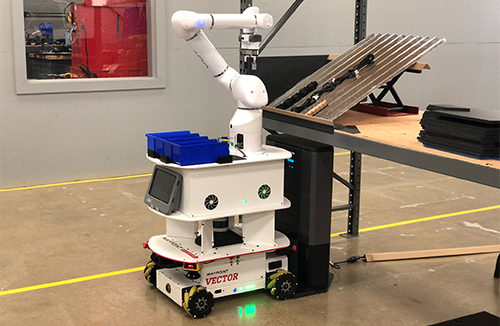
Found in Robotics News & Content, with a score of 4.81
…robot can align perfectly to pick up items. Its navigation is precise enough for grasping.” System allows for cobot safety zones While systems integrators and robotics users should still conduct safety audits based on processes and payloads, the combined Waypoint-Productive mobile manipulator is designed for safety as well as ease of use. “We have three-stage safety,” Walker said. “We've integrated systems so that you can take the safety field with you. It's configurable, integrating Vector's 360-degree laser field with the OB7 arm.” “For example, in a front-docking application where the arm is operating at non-collaborative speeds, you could set 2…

Found in Robotics News & Content, with a score of 4.80
…load. Existing Concrete Floor’s Condition Posed Problems for Robotic Navigation At the same time, Chaplin and Sloan both noted issues with the concrete flooring’s surface. It was not entirely level in certain places, and there was wear and damage in others. Chaplin: “A sloping, worn, and damaged concrete floor will prevent the AMRs from traveling smoothly and predictably along their workflow paths. Yet to grind it down to level it would be time consuming and extremely messy, particularly in an operation that needed to continue running throughout the project.” Legacy recommended the installation of ResinDek® mobile robot flooring panels from…
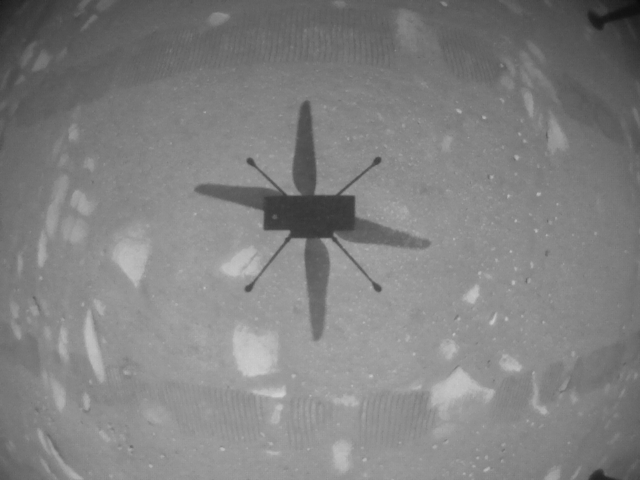
Found in Robotics News & Content, with a score of 4.76
…The latency required JPL's team to develop onboard guidance, navigation, and algorithms for fully autonomous control systems. Members of the NASA Mars Helicopter team inspect the flight model, inside the Space Simulator, a 25-ft.-wide (7.62 m) vacuum chamber at JPL on Feb. 1, 2019. Source: NASA JPL-Caltech First extraterrestrial flight Ingenuity first became airborne at 12:33 Local Mean Solar Time (Mars time)—when the JPL team determined that the solar-powered helicopter would have optimal energy and flight conditions. Its altimeter indicated that the autonomous drone climbed to its prescribed maximum altitude of 10 feet (3 meters) and maintained a stable hover…

Found in Robotics News & Content, with a score of 4.66
As navigation, payload capacity, and artificial intelligence continue to improve for aerial drones, they can better serve precision agriculture. XAG Co. last week announced five new products at its annual conference in Guangzhou, China. They will be available for global sales in 2022. Over the past eight years, XAG said it has scaled up its agricultural systems across 42 countries and regions to bridge the so-called digital divide in rural areas. The newly updated farming drones and robots not only enhance the company's six smart agriculture product lines, but also improve over previous models in terms of efficiency, precision, and…
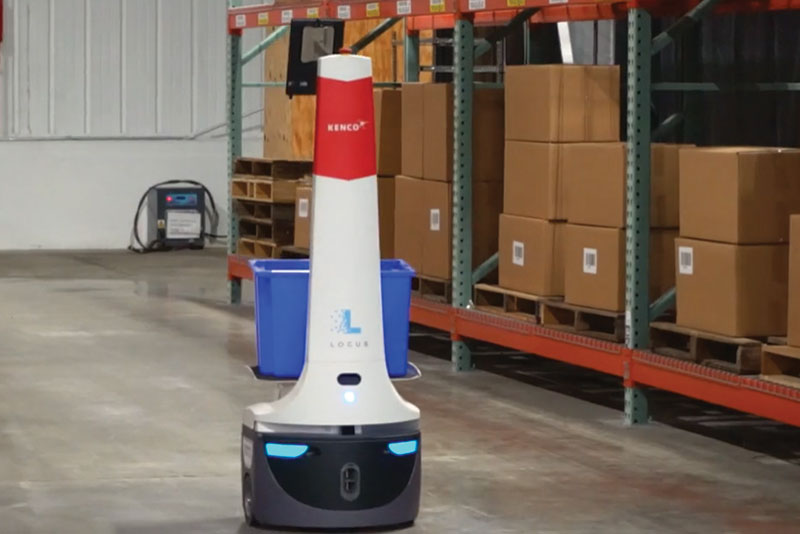
Found in Robotics News & Content, with a score of 4.63
…rapid evolution of technologies like sensors, AI and autonomous navigation. Not only are companies with DC operations feeling the “Amazon effect” of filling orders faster and cheaper, but a growing importance has been placed on warehouse fulfillment among C-level leaders as a competitive lever, says John Sidell, CEO and principal with consulting firm New Course. “Chief supply chain officer is now a title in many large organizations,” says Sidell. “There is broad realization of just how important supply chain fulfillment is, because in many ways it’s the most crucial touchpoint with the customer.” The money has been pouring into DC-focused…
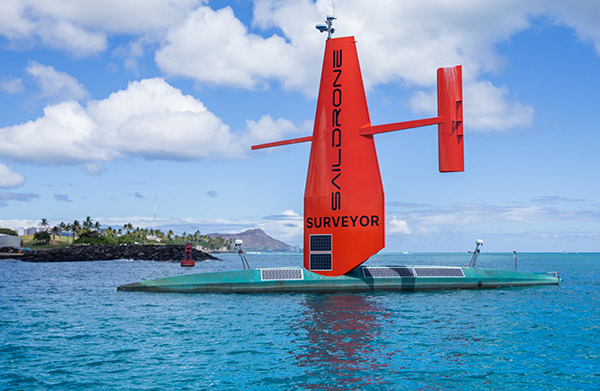
Found in Robotics News & Content, with a score of 4.60
…on the module for image-based vessel detection to aid navigation, said NVIDIA. Saildrone pilots set waypoints and optimize the routes using “metocean” data—which includes meteorological and oceanographic information—returned from the vehicle. All of the USVs are monitored around the clock, and operators can change course remotely via the cloud if needed. Machine learning is mostly run locally on the Jetson module—but can run on the cloud as well with a satellite connection—because bandwidth can be limited and costly to shuttle from its robust suite of sensors producing high-resolution imagery. The USVs have oceanographic sensors for measurement of wind, temperature, salinity…



